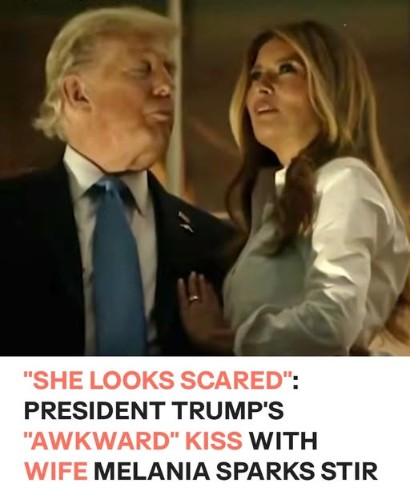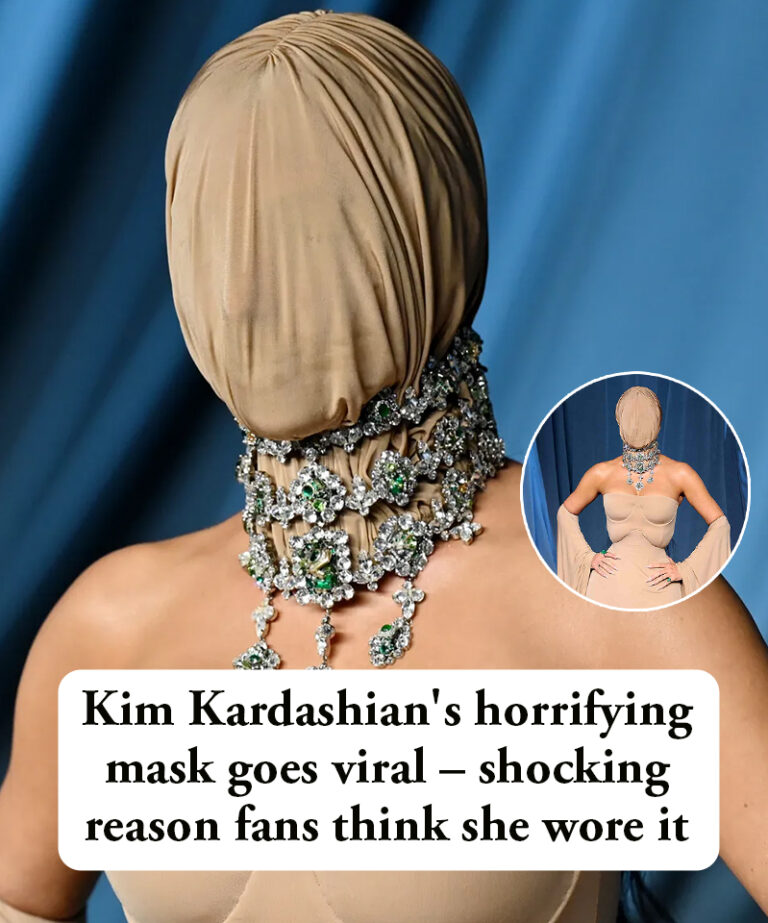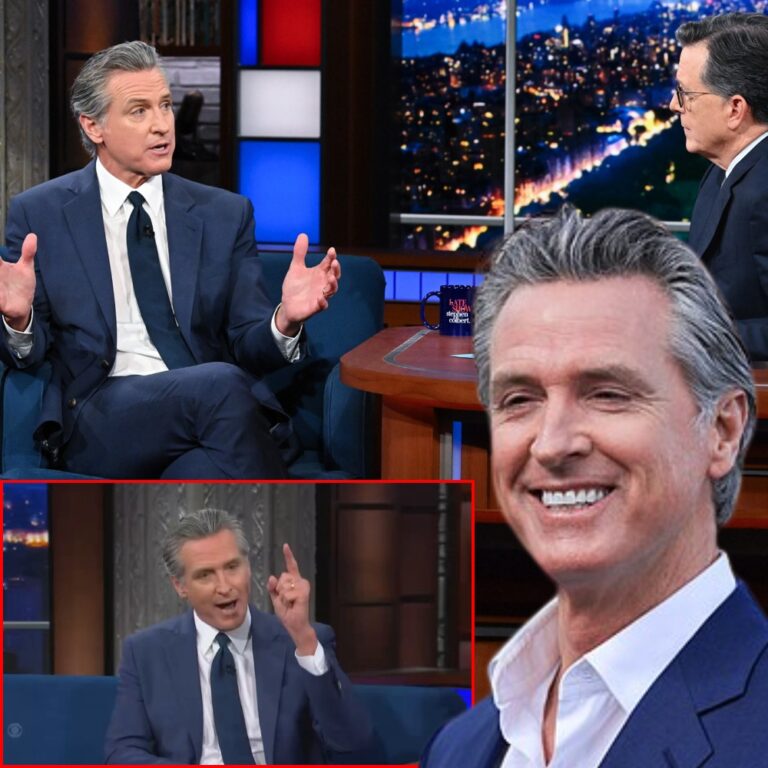
In today’s hyperconnected world, every moment involving a president is instantly public and endlessly dissected. What once stayed in newsprint is now viral within minutes, as millions scrutinize facial expressions, gestures, and interactions through their own political lens. This obsession with presidential imagery reached a new level during a recent Fourth of July celebration at the White House. A photo of Donald and Melania Trump watching fireworks sparked fierce online debate—supporters saw romance; critics noted awkwardness. What should have been a quiet moment became a national spectacle, amplified by social media.
These reactions reveal more about us than the image itself. Social media users often interpret what they want to see, driven by confirmation bias. A single expression frozen in a photo can launch a thousand theories, each shaped by personal belief, political loyalty, or social media algorithms.
Body language experts weighed in, offering conflicting interpretations—some saw affection, others tension. The rise of pseudo-scientific analysis has created a blurred line between entertainment and political commentary, often overshadowing real policy discussion. Public fascination with presidential families mirrors celebrity culture. First Ladies are critiqued for fashion and facial expressions, not legislative priorities. And moments meant to show warmth or patriotism are often reduced to memes, mockery, or partisan fodder.
Even national holidays are no longer just symbolic; they’re performance stages. Presidents today must navigate ceremonial expectations with the knowledge that any smile, frown, or kiss might become tomorrow’s headline. As digital scrutiny intensifies, the challenge becomes preserving dignity and nuance in how we view public leaders—not reducing complex people to fleeting viral clips. Leadership in the digital age is no longer just about governing—it’s about managing perception in real time.



